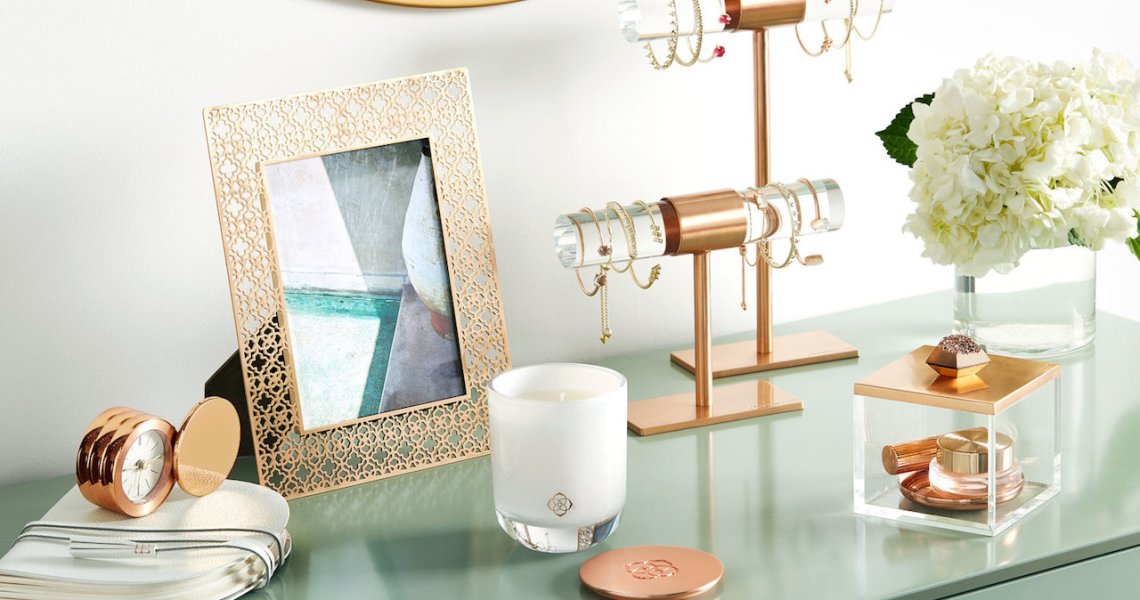Category expansion is a common tactic for fashion brands looking to bring in new customers, and home decor is increasingly their category of choice.
The reasons fashion brands launch home products are varied, from the overlap in customer base to the broader appeal of redecorating as more people work from home. While different, in terms of end product, fashion and home decor share an aesthetic purpose that fashion brands can take advantage of to make the transition easy. That’s despite that, as of late, home decor has become a riskier bet due to increasing manufacturing costs.
Quince, a brandless fashion retailer that sells products directly from the manufacturer to customers, launched a home category at the end of 2020, according to co-founder Sid Gupta. Its home offerings began with bedding, priced similarly or a bit below DTC brands like Brooklinen. Quince then expanded to table linens, pillows, bath mats and rugs. The category took off quickly.
In the last three months of 2020, home was only a few percentage points of Quince’s business. By the end of 2021, It had grown to become more than 35% of the company’s sales. Quince also sells accessories, leather goods and bags.
Gupta attributed that growth, in part, to the fact that Quince’s customers were hungry for new categories at a similarly low price point.
“The home business just has tremendous potential,” Gupta said. “Plus, it really resonated with our customer and was an easy transition.”
Sales of home decor grew by 22% in 2020 and are expected to grow by more than $340 billion between 2022 and 2025, according to Technavio. Brands like Target and Macy’s saw their home categories make up a larger part of their business throughout the pandemic. Target saw a 30% year-over-year increase in its home decor sales last year.
Ad position: web_incontent_pos1
Furniture and decor can have much higher margins than fashion, up to more than 40%. In fashion, more than 20% margin is considered quite high. However, higher shipping costs for bulkier items like lamps and tables can offset margins.
According to Kristin Dorsey, vp of marketing at customer experience platform Linc, the move from fashion to home is a natural one in the wake of the pandemic.
“The overlap of fashion and style is a big reason why so many fashion brands have capitalized on home decor,” Dorsey said. “Our living spaces are an extension of ourselves, so we turn to the same go-to labels we trust to reflect our moods and identity for furniture, linens and even cookware. Since people are spending more time at home, whether it’s working remotely or ordering dinner in, they’re willing to spend more disposable income on dressing up their surroundings.”
Matchesfashion saw its home sales double last year and a plethora of fashion brands like Simon Miller, Bernadette and Aquazzura launched home goods in the last year. Outside of fashion, companies like Lowe’s have also launched home decor brands, in order to get in on the growing appetite for the category. Accessories designer Lele Sadoughi said she’s working on a home line right now.
For many brands getting into home decor, the marketing strategy remains similar to what they do for clothes. For example, Aquazzura debuted its home collection at Milan Design Week, much the way it debuts fashion collections at Milan Fashion Week. And brands like Simon Miller have used similar campaigns to market both home and apparel.
Ad position: web_incontent_pos2
“When you look at how products are described and presented, fashion and home decor may seem like very different categories,” said Ali Hanyaloglu, senior director of product marketing at Akeneo, a product information management company. “But fashion brands can leverage some common elements of information that their customers expect of any product. Brand values, sustainability efforts, environmental impact, and diversity and equity initiatives can all be showcased in the story of a product, no matter the category.”




